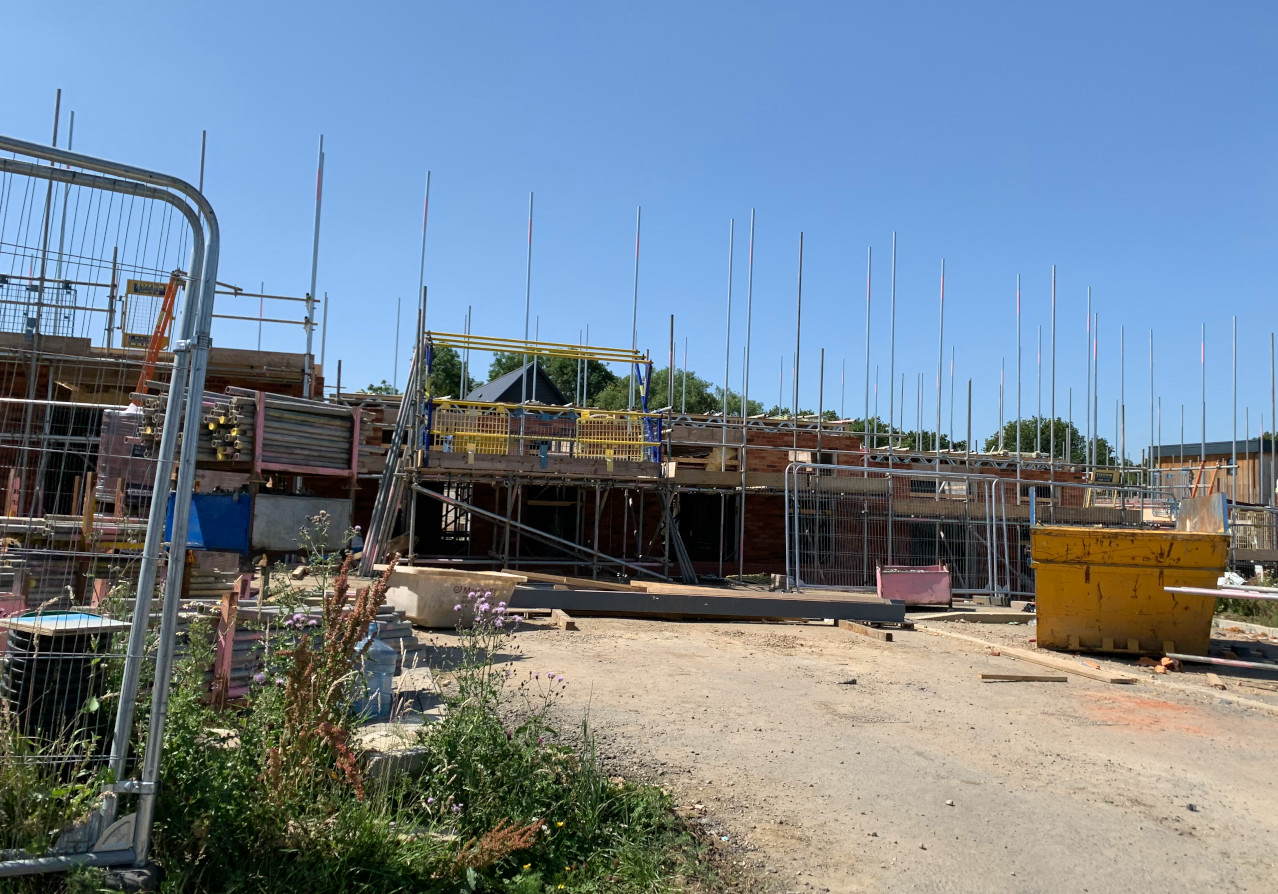The Right to Build Task Force has published new data that illustrates that not only are self build homes more sustainable than the average new build, but they have a greater beneficial local impact in terms of spend on materials and labour.
This is welcome news that adds weight to the case for a site when it is submitted for planning, contributing to the argument about a site’s impact versus its harm locally.
The National Custom and Self Build Association (NaCSBA) has long known anecdotally that individuals invest more in their own homes in terms of green tech and sustainable methods than mainstream builders, but welcomes the news that for the first time there is data-based evidence to support this.
In terms of building greener, this is mainly due to the fact that self builders invest more than a mainstream builder would as they want a home that’s more energy-efficient and in which they intend to live in for a long time. Equally, they don’t need to factor in a profit margin, unlike speculative builders.
NaCSBA also welcomes the news that the model contributes more locally than speculative building does, as it feeds into local economies – boosting SME businesses and offering training opportunities.
About the research
The analysis was conducted by Chamberlain Walker Economics, which used five local authority areas for the research, chosen as they represent a range of types and sizes. These were Breckland Council, Durham Council, Folkestone and Hythe District Council, Herefordshire Council and South Gloucestershire Council.
Sustainability of self build homes
The Energy Performance Certificates (EPCs) of self build homes in the five areas were reviewed to compare energy usage, in comparison to new builds in these areas.
The research looked at two metrics: average energy consumption and average CO2 emissions. This found that the average energy consumption of custom and self build homes was significantly lower, by 8-42%, while CO2 emissions were also lower, by 7-43%, in comparison to new build local averages.
This adds to the growing evidence of custom and self build as a greener route to housing, such as the survey that showed that more than 50% of self builds have a renewable energy source as their primary heating system.
Local economic impact
Using the same five areas, the research examined the economic factors around the local impact of labour and materials for custom and self build. It found that these homes roughly doubled the economic impact of mainstream housebuilding, as self builders buy more materials locally, and also source SME trades for their project.
This equated to self build spending nearly double, at £45 in every £100 spent, as opposed to mainstream housebuilders, who spend £22 on local materials and labour.
This is good news for local authorities, as well as providing a pool of work for SME housebuilders, a group that government is keen to see grow.




